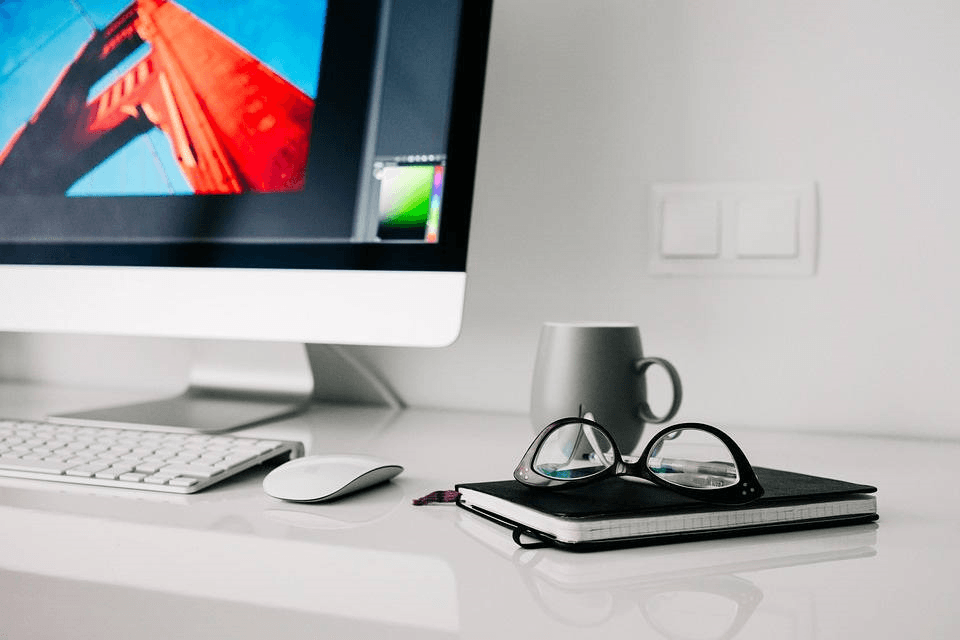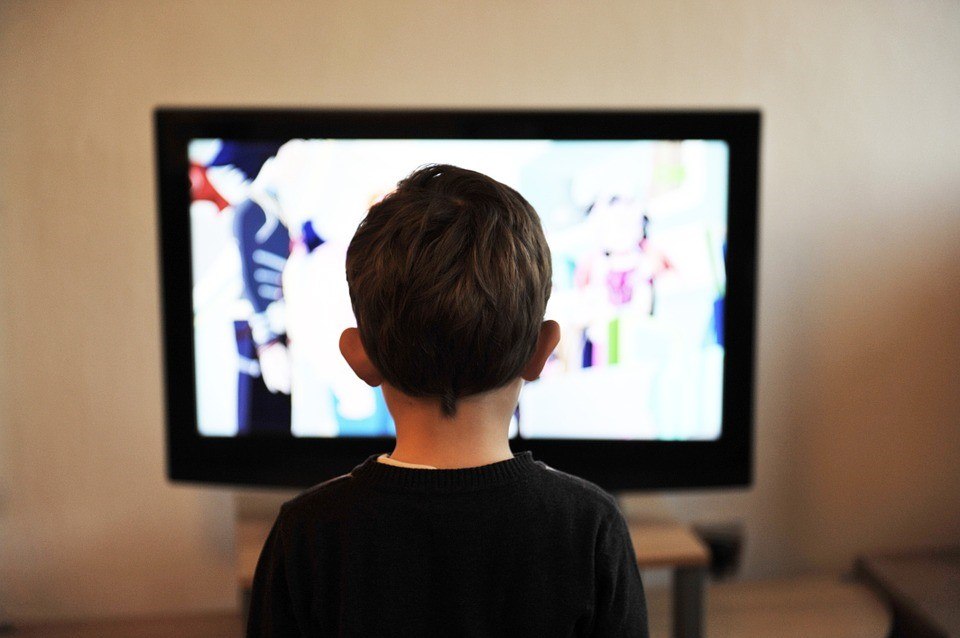
A good visual hygiene is essential, although it is not true that reading can damage your vision. Eyes are made to see, in the same way that teeth are made for chewing or lungs, for breathing. But that does not mean we should not follow some rules in order to take care of our vision. Keeping a safe distance at work and a proper position, being surrounded by suitable furniture and an appropriate lighting… These are some of the key points to observe which will allow us to study more and in better conditions.
Hygiene standards focus mainly on posture and ergonomic aspects that allow us to minimize the pressure of visual needs, for example, working distances, lights or object/background contrasts.

 General recommendations for other daily activities:
General recommendations for other daily activities:The following indications will help you to keep a good visual hygiene:

Contact us or request an appointment with our medical team.